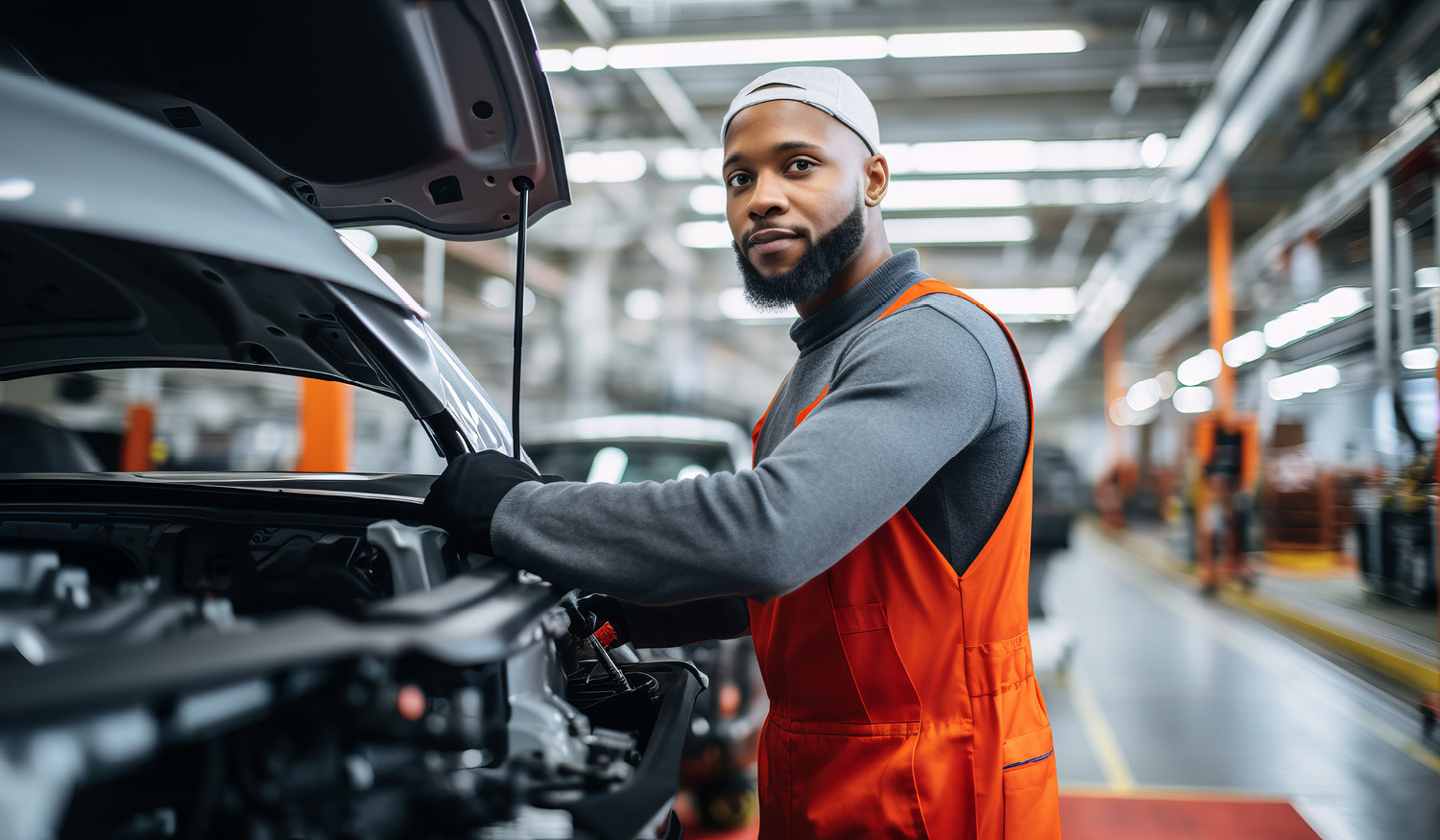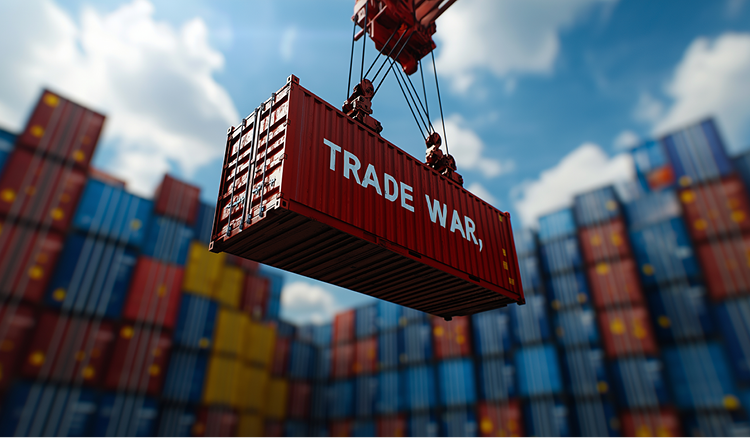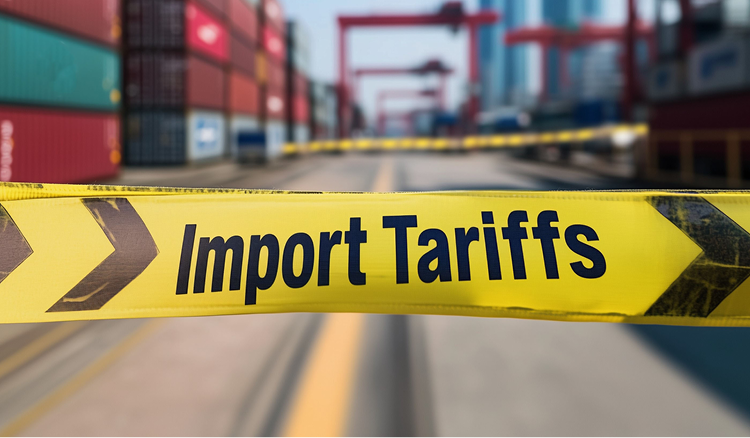December Automotive Industry Updates
Here is Veryable's December automotive update where we review some of the key developments in the industry
Recapping UAW Labor Negotiations

In our previous automotive update, we delved into the uncertainties surrounding the ratification of agreements with the Detroit Three automakers. Since then, the UAW concluded labor negotiations with the Detroit Three automakers after the contracts were narrowly approved at GM and more decisively at Ford and Stellantis. According to UAW's ratification tracker, the new contracts received support from 70.0% of Stellantis employees, 69.3% of Ford employees, and a closer 54.7% at GM. Out of approximately 146,000 UAW members, 102,679 participated in the vote. These contracts aren't set to expire until April 30, 2028.
Increasing Labor Costs
General Motors anticipates a $9.3 billion increase in costs through 2028 and adds $575 per vehicle due to the new labor contracts. Ford projects a cost increase of $8.8 billion, translating to roughly $900 per vehicle by 2028.
It's important to note that this doesn't necessarily imply increased costs to consumers. Think about it, if automakers could effortlessly pass on heightened expenses, whether from raw materials, labor, or other outlays through increased consumer prices, no car manufacturer would operate at a loss. That wouldn't be reality. Additional labor costs are more likely to impact automaker profits rather than prompt a surge in prices. Ford, for instance, disclosed earning around $3,000 before interest and taxes for each gas or hybrid vehicle sold to consumers in the first nine months of the year. So, a few hundred dollars a year in higher labor costs aren’t going to break the companies or send them back to the massive losses that they experienced in the first decade of this century.
Challenges in the Auto Supply Chain
Despite the strike's conclusion, challenges persist within the auto supply chains. With a surge in production at the Big Three automakers, suppliers find themselves in a time-sensitive race. The anticipated uptick in production from Detroit's Big Three is bound to result in suppliers scrambling to meet the heightened demand. Following the UAW strike, other Original Equipment Manufacturers ("OEMs") have increased hourly wages, paving the way for suppliers—especially the prominent tier 1 suppliers—to potentially follow suit. To bridge this gap, suppliers are currently implementing additional shifts. Ensuring sustained production levels necessitates the acquisition of skilled workers, and this is precisely where the Veryable on-demand labor platform becomes indispensable. By seamlessly connecting experienced workers at the touch of a button, this approach aims to mitigate the substantial costs associated with training and development.
Exploring Air Freight Solutions to Reduce Backlogs After the UAW Strike

One of the key priorities for suppliers and OEMs in their efforts to restore the supply chain is emphasizing shipping speed and reliability. There is a heightened urgency to expedite inventory shipments, especially during strikes when production halts and the multimodal delivery of parts is disrupted. The resumption of production leads to a surge in the demand for urgently needed spare parts, posing challenges in meeting the required capacity.
Traditionally, automotive parts have been shipped via ocean or truck from Mexico or Asia. However, nearshoring activities combined with delays at major ports have prompted shippers to explore air options due to their quicker and more dependable delivery. Nevertheless, the cyclical nature of the air freight industry means that only thorough advanced planning can ensure aircraft capacity. In response to strike-related disruptions, some suppliers have shifted from truck to ocean transport to maintain inventory flow, considering the limited warehouse space characteristic of the just-in-time industry. Despite the higher initial cost of air freight, automotive manufacturers have recognized its value in preventing delays and inventory shortages, deeming it a worthwhile investment and a crucial element of contingency planning.
Higher Legal Immigration?
Some suppliers are advocating for higher legal immigration to address labor shortages. Limited legal immigration into the U.S. is identified in this article as a major contributor to workforce challenges throughout the automotive supply chain. Sandy Stojkovski, North American CEO of German supplier Vitesco Technologies, said "The company can't find enough hourly workers for its factories in the region, and is very common throughout the supply chain. The reason? She pinned the problem on "Very limited legal immigration into the U.S, which puts the cap on available workers in a tight labor market."
While higher legal immigration could be one solution, Veryable's on-demand labor platform offers an alternative. The automotive industry is Veryable's fastest-growing segment and is built to solve these gaps between demand and labor. To learn more about Veryable's concept check out case studies, customer testimonials, and automotive blogs at our Automotive Industry page.
OEM Profit Margins

Bain & Company's analysis indicates that, during Q3 2023, automakers achieved profit margins, on average, three percentage points higher than their suppliers. This result is attributed mainly to the OEMs' more diverse product offerings and a decrease in discounts offered to end customers. This signifies the 11th consecutive quarter in which OEM margins have surpassed those of their suppliers. Further insights into Q3 2023 automaker profit margins are available here.
UAW Organizing Campaigns
The UAW seeks to double its auto industry membership by implementing an organizing campaign focused on 13 automakers, such as Toyota, Honda, and Tesla. The objective is to secure the involvement of more automakers in national negotiations for the 2028 contract talks. UAW President Shawn stated, "Since initiating our stand-up strike, non-union autoworkers have responded overwhelmingly. Workers nationwide, spanning from the West to the Midwest and particularly in the South, are expressing interest in joining our movement and the UAW. It's worth noting that previous attempts by the UAW to include these workers have not been successful -- so it will be interesting to see how this unfolds.
Investments in Battery Manufacturing
The U.S. Department of Energy allocated up to $3.5 billion for domestic battery and battery material manufacturing from the 2021 infrastructure law. Forge Nano plans to establish a $165 million battery manufacturing plant in North Carolina by 2026. These recent examples are just a glimpse of the extensive private and federal investments in American-made battery, totaling over $120 billion as of September 2023.
Learn More:
Previous Posts
Trump 2.0 Week 9 Recap: What’s New, What’s Coming Up, and Why Agility Is More Important Than Ever
The Future of Manufacturing and Logistics
Create a free business profile today to explore our platform.






